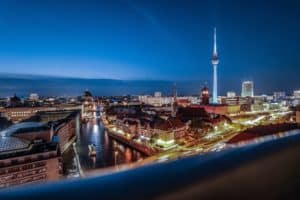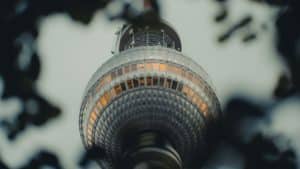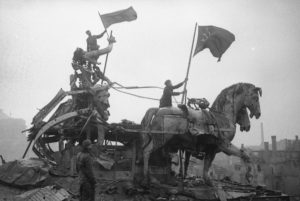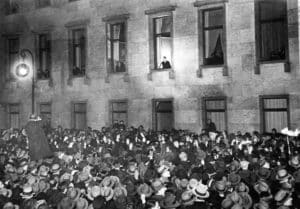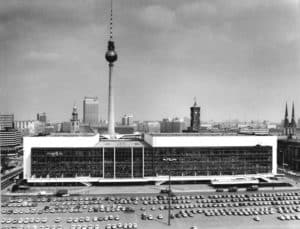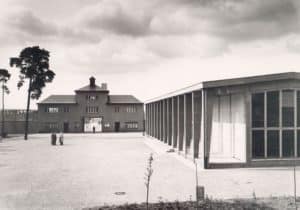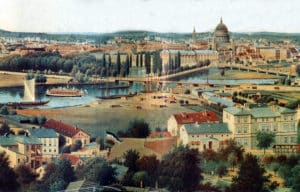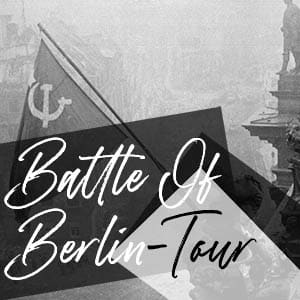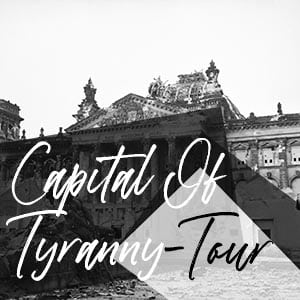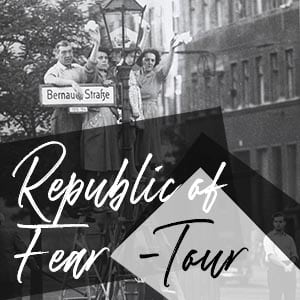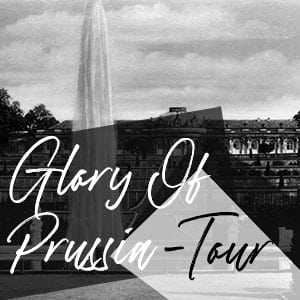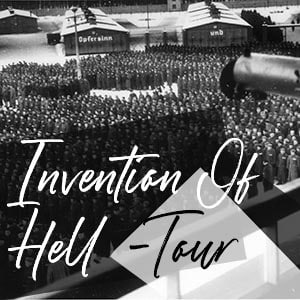Are you an expert on the Battle of Berlin?
Or was it the Berlin Strategic Offensive Operation? Can you tell your Clausewitz from your Zitadelle? Your Mohnke from your Weidling? Find out with our tricky 20 question quiz about the ‘Race to the Reichstag’ in 1945.
Traces of this decisive confrontation still remain throughout Berlin but as the number of survivors dwindles with each year, the memory of what occured on the streets of the German capital just over 75 years ago lives on with those who are passionate about studying this event – the coup de grâce to National Socialism.
Each question is multiple choice and is presented with a 60 second timer – so you’ll have to check your memory rather than dive into the books.
When you have answered each question you will also get a small description of the correct answer – so you might even learn something new along the way. Your final score will be presented at the end of the quiz, as well as the option to share your results via Facebook or Twitter to challenge your friends.
If you end up stumped, don’t worry, you can join one of our Battle of Berlin tours and brush up for the next attempt…
#1. Which of these Soviet Marshals was not involved in the Berlin Strategic Offensive Operation?
The ‘Berlin Strategic Offensive Operation’, as it was titled by the Soviets, would involve the 1st Belorussian Front – under the command of Marshal Georgy Zhukov – and the 1st Ukranian Front – under the command of Marshal Ivan Konev – attacking Berlin. The 2nd Belorussian Front – led by Marshal Konstantin Rokossovsky – joined to deal with the German forces north of the Nazi capital. Marshal Semyon Timoshenko did not participate in the Battle of Berlin.
#2. What was the designation of the central defensive zone in Berlin in 1945?
Berlin’s defence was organised according to by sectors – with Defence Sector Zitadelle the designation given to Berlin’s central district (including the Reich Chancellery and Führerbunker). Hitler appointed SS Brigadeführer Wilhelm Mohnke the Battle Commander of this central government district.
#3. Which of the following SS units fought in the Battle of Berlin
On April 16, the 11th SS Volunteer Panzergrenadier Division Nordland – a Waffen-SS division recruited from foreign volunteers and conscripts – arrived in Berlin to join the defensive units in the city under the command of Brigadeführer Joachim Ziegler. The Nordland would be involved in fighting around the city until April 20th, before falling back to blunt the Soviet assault on Treptower Park, defend Neukölln and finally retreat to the Tiergarten. Amended with the addition of the 33rd Waffen Grenadier Division of the SS Charlemagne – which arrived in Berlin on April 24th – the remants of both divisions would try to escape over the Weidendammer Brücke where it would be largely wiped out.
#4. Who was appointed commander of the Berlin Defence Area on April 23rd 1945?
After being accused of acting against orders by retreating in the face of the Soviet advance and almost shot, Helmuth Weidling – commander of the LVI Panzer Corps – would be promoted to commander of the Berlin Defence Area on April 23th 1945. It would be Weidling who would eventually formalise the surrender of the city on May 2nd in an apartment near Tempelhof Airport.
#5. Which of these was not chosen to receive Hitler’s last will and testament?
As successor in the event of Adolf Hitler’s death – with freedom to act if Hitler become incapacited – Herman Göring had sent a telegram to Berlin on April 23rd 1945 expressing his understanding that due to the grave position in city that it fell on Göring to act and take power in Hitler’s stead. Incensed by Göring’s actions, Hitler ordered him arrested as a traitor by the SS – with a radio announcement soon made that Göring had resigned due to health reasons. In his last will and testament, Hitler expelled Göring from the party, formally rescinded the decree making him his successor, and upbraided Göring for “illegally attempting to seize control of the state.”

#6. True or False: the original Soviet plan called for Berlin to be captured by April 20th?
FALSE – Although April 20th 1945 was symbolic as Adolf Hitler’s 56th birthday, Joseph Stalin’s hope was that Berlin would be captured by April 22nd – in time for Vladimir Lenin’s birthday.
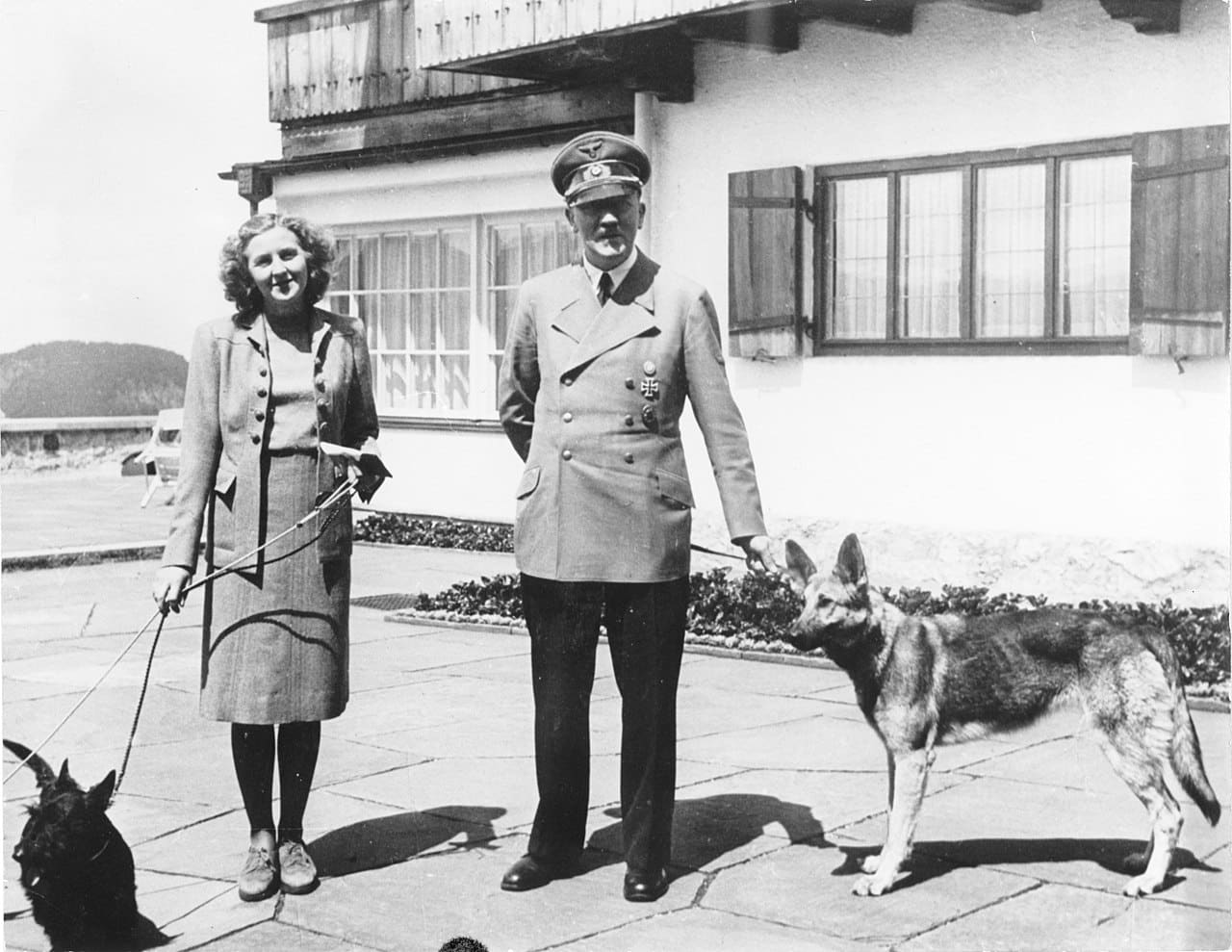
#7. Eva Braun had two Scottish terriers, one called Negus. What was the name of the other?
Eva Braun’s dogs were named Negus and – for some strange reasons – Stasi. The term that would later be used to describe the East German secret police – the Staatsicherheitsdienst or Stasi for short.

#8. Which train station served as the designated dividing point between the 1st Belorussian Front and the 1st Ukranian Front from April 28th?
In redesignating the dividing line between the 1st Belorussian and 1st Ukranian Fronts on April 23rd, Joseph Stalin chose Anhalter Bahnhof as the final point on the map. This still allowed for the possiblity that Ivan Konev’s 1st Ukranian Front could move beyond Anhalter Bahnhof and reach the Reichstag – the main Soviet objective in the city – by attacking from the West. Thus adding a further element of competition to the ‘Race to the Reichstag’.

#9. In the late days of the Battle of Berlin, the Charlottenburger Chaussee was transformed into what:
The road on the West side of the Brandenburg Gate – now known as the Strasse des 17. Juni – was transformed into a makeshift airstrip in 1945 during the battle of Berlin.

#10. Buried under the Teufelsberg are the remains of which Nazi era structure?
Currently topped with the remains of an NSA/CIA listening station, Teufelsberg (Devil’s Mountain) is a man-made mountain of rubble and waste gathered from the city post-WWII. Buried underneath this ‘mountain’ are the remains of Albert Speer’s Military Technical College (Wehrtechnische Fakultät).
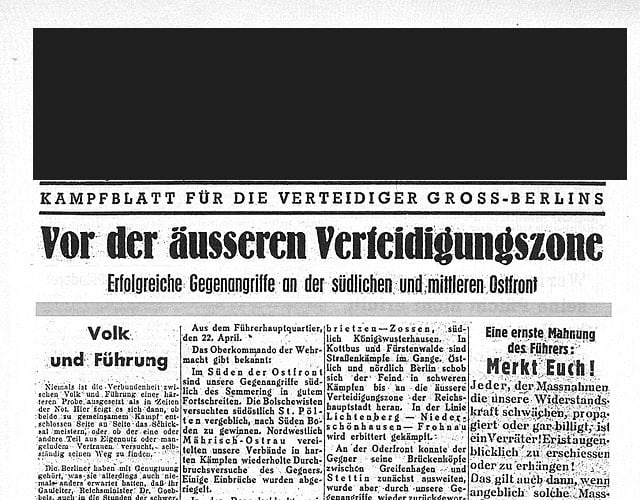
#11. What was the name of the single-sheet propaganda newspaper published in Berlin in April 1945?
Der Panzerbär – Kampfblatt für die Verteidiger Gross-Berlins (The Panzer bear—battle sheet for the defenders of Greater Berlin) was a daily tabloid newspaper printed between April 23rd and April 29th 1945 in the final days of the Battle of Berlin.
#12. Which of these members of Hitler’s entourage managed to evade capture by the Soviet forces in 1945 and escape Berlin?
Reichsjugendführer Artur Axmann, head of the Hitler Youth organisation, managed to escape Berlin on May 1st as part of a breakout group that included Martin Bormann, Werner Naumann and SS doctor Ludwig Stumpfegger. Crossing the Weidendammer Brücke, Axmann managed to make it to Lübeck where he was eventually arrested by the US Army whilst involved with a Nazi underground movement.

#13. Which piece of music directly preceded the radio announcement of Adolf Hitler’s death on May 1st?
On May 1, 1945, while the world waited in suspense to hear news of the situation in Berlin, the solemn music of Wagner was broadcast from the remaining stations of the ‘Reich’. For thirty minutes from 9pm, Hamburg Radio broadcast Wagner’s Tannhäuser and a Piano Concerto by Carl Maria von Weber followed by Wagner’s Twilight of the Gods. Wagner’s Rhinegold was then interrupted at 9.57pm for an announcement: “We are now going to play the slow movement of Bruckner’s 7th Symphony“. Abruptly at 10.25pm, the music stopped. Then came 3 drumrolls – a moment’s silence – and then, the news of Adolf Hitler’s death. This was followed by the German National Anthem, the Horst-Wessel-Lied, more drumrolls, and a 3 minute silence.
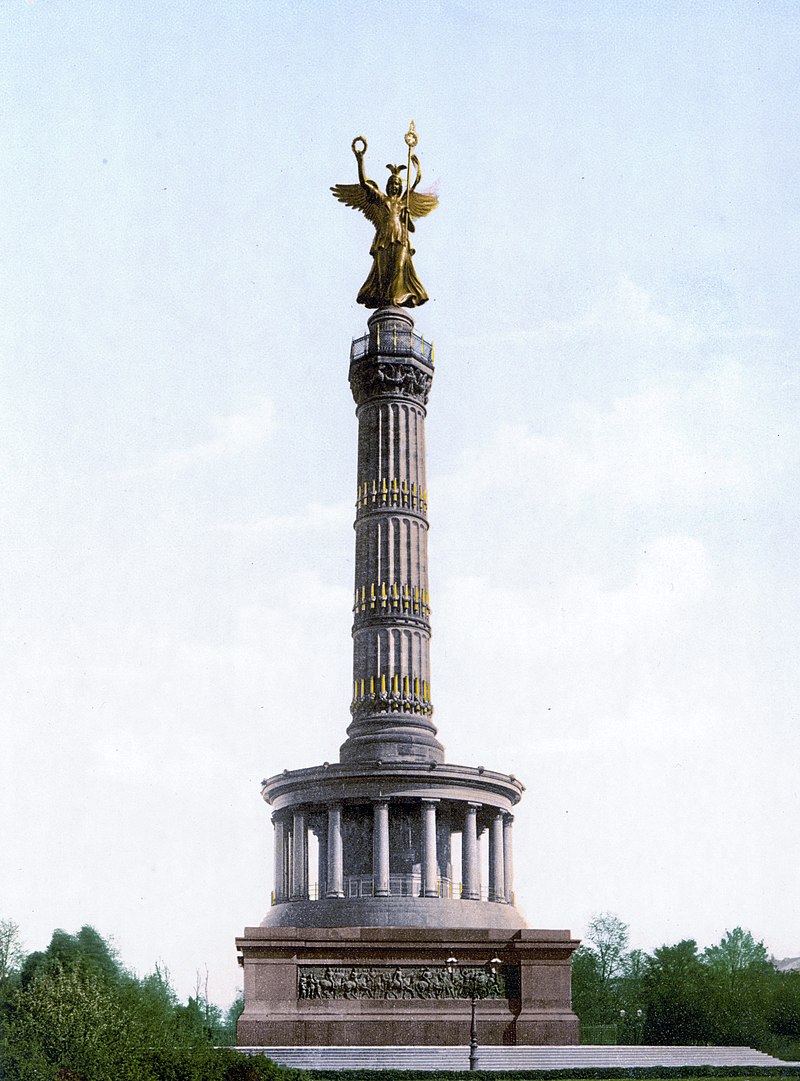
#14. While the raising of the Soviet Red Army banner over the Reichstag is famous; which country had its flag raised over the Siegessäule on May 2nd 1945?
The Polish flag was raised on the Siegessäule on May 2nd 1945 by troops of the 1st Polish Army who had fought in the Battle of Berlin. Poland’s official flag day in now May 2nd.
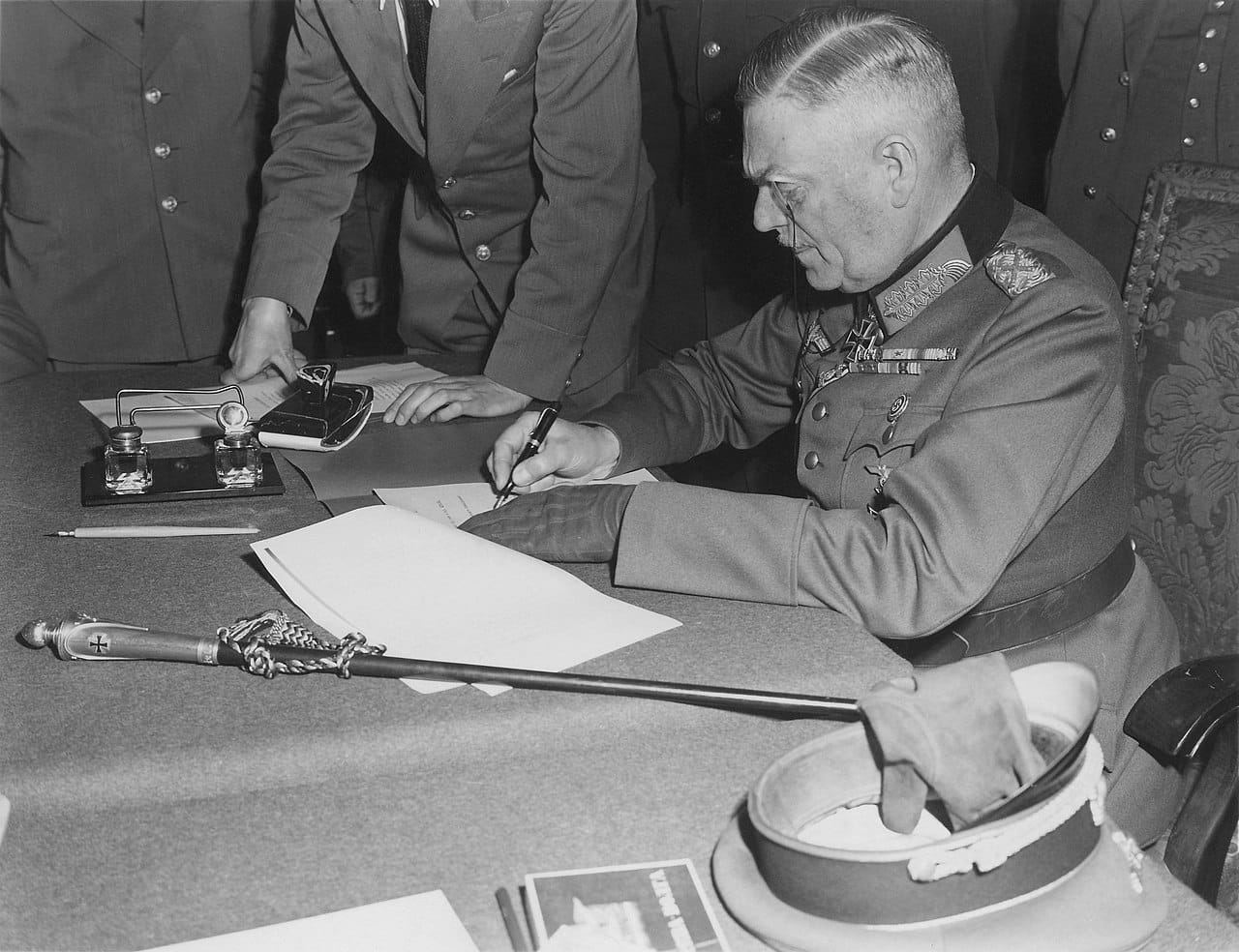
#15. On May 9th, the unconditional surrender of Nazi Germany was signed in the Berlin suburb of Karlshorst, although a surrender had already been signed in which other city two days earlier?
The first Instrument of Surrender of Nazi Germany was signed in Reims at 2:41am on 7 May 1945. The signing took place in a red brick schoolhouse, the Collège Moderne et Technique de Reims, that served as the Supreme Headquarters of the Allied Expeditionary Force. The unconditional surrender of the German armed forces was signed by Alfred Jodl, Chief of the Operations Staff of the Oberkommando der Wehrmacht. Following Soviet objections to the surrender, a final Instrument would be signed in Berlin-Karlshorst on May 9th 1945.
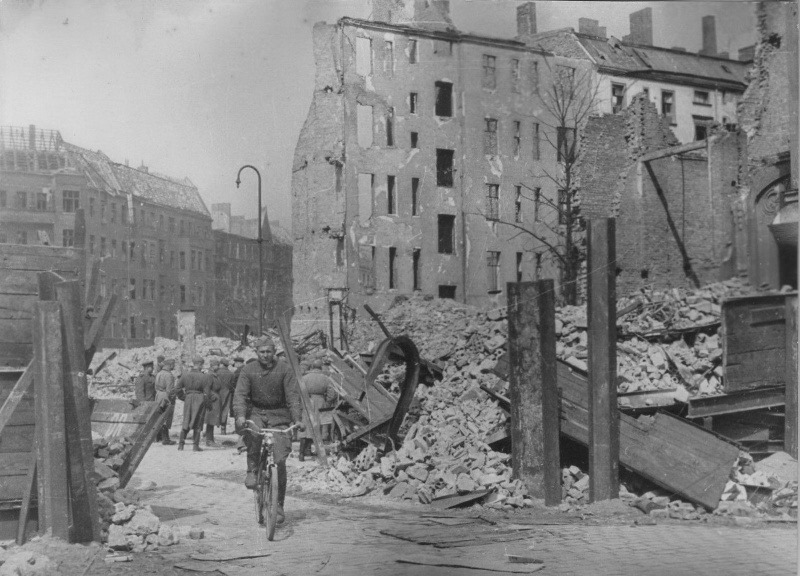
#16. Where did Red Army troops meet on April 25th to complete their encirclement of Berlin?
Soviet troops met on April 25th 1945 in the village of Ketzin near Potsdam to complete the encirclement of Berlin. The same day, some hours later, Soviet troops also connected with their US Army counterparts at the river Elbe further west.
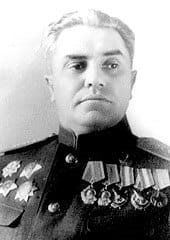
#17. On April 24th, Nikolai Berzarin of the 5th Shock Army, was appointed Soviet commander of Berlin. Why?
Following an old Tsarist tradition where the first commander to arrive in a city is appointed in charge of said city, Nikolai Berzarin was made the first town mayor of the Soviet occupying forces in Berlin. Order No. 1 – issued by Marshal Georgy Zhukov on April 28th, invested Berzarin with all governmental power. On June 16th however, 55 days after taking control of the city, he was killed in a motorcycle accident.
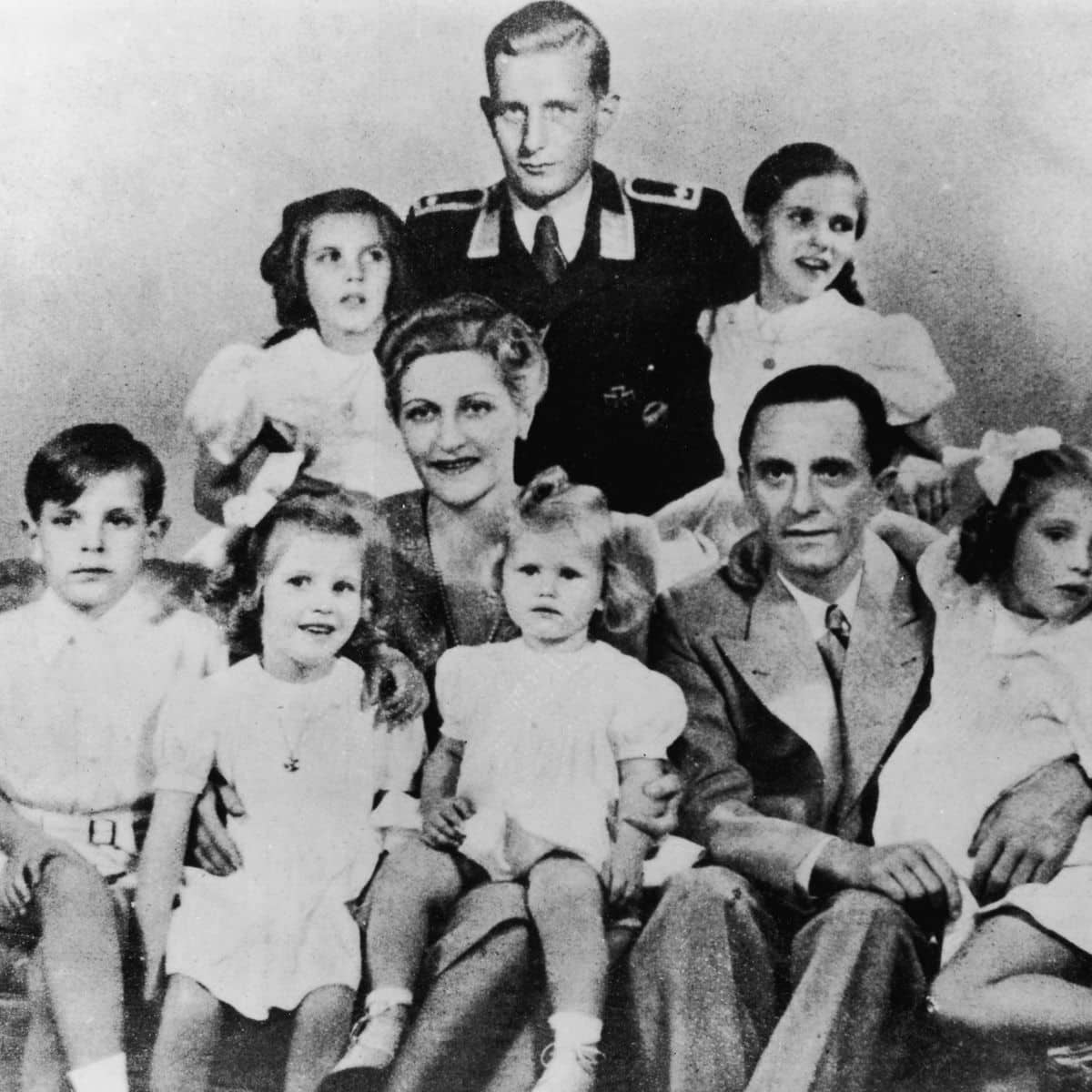
#18. Before committing suicide on May 1st, Joseph and Magda Goebbels murdered their children. How many children were killed?
Six of the Goebbels’ children were murdered on May 1st 1945, before their parents committed suicide together. The seventh child in the above photo is Harald Quandt – the son of Magda Goebbels from a previous marriage. Harald survived, having served as a lieutenant in the Luftwaffe during World War II. He was captured by Allied forces in Italy in 1944 and released three years later.

#19. The central figure at the Soviet War Memorial in Treptower Park of a Soviet soldier is part of a triptych which includes ‘The Motherland Calls’ in Volgograd. Where is the third part of this memorial ensemble?
The third part of this tryptch is the Rear-front Memorial in Magnitogorsk and depicts two workers holding a forged sword. The sword is raised in Volgograd (previously Stalingrad) by the Motherland statue – and then lower over a broken swastika in Berlin at Treptower Park.

#20. The last surviving member of the Führerbunker entourage from 1945, who published a book entitled The Last Witness, and died in September 2013 was:
Rochus Misch survived until 2013 – he had been a sergeant in the 1st SS Panzer Division Leibstandarte SS Adolf Hitler and served as bodyguard, courier, and telephone operator for Adolf Hitler.
Results
Not bad. Not bad at all!
It seems you can easily claim to be an expert on the Battle of Berlin.
Perhaps a career as a tour guide or local historian awaits?
If you’re looking to learn more about the events of April/May 1945 in the German capital check out our Battle of Berlin tours or our full day-by-day account of the fighting in and around the city.
Oh no, you managed less than 90%.
Don’t worry, the questions were meant to be hard.
Next time you’re heading to Berlin make sure to check out our history tours, where you’re guaranteed to learn more. Our Battle of Berlin tour covers the major and minor sites of this historic confrontation and what remains of the urban battlefield.
If you are looking to brush up on your history of these events; check out our full day-by-day account of the Battle of Berlin.
Our Related Private Tours
Learn more about the Battle of Berlin and explore this urban battlefield with our Battle of Berlin tours.
Learn more about the history of Nazi Germany and life in Hitler’s Third Reich with our Capital Of Tyranny tours.
Learn more about the history of East German and life behind the Iron Curtain with our Republic Of Fear tours.
Learn more about the history of Prussia and the life of Frederick the Great with our Glory Of Prussia tours.
Learn more about SS ‘Protective Custoday’ on our Sachsenhausen Concentration Camp Memorial tours.





